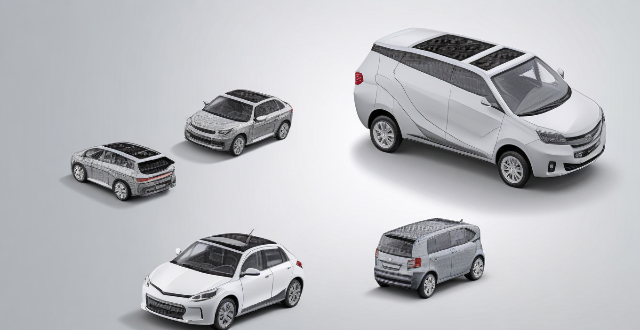Parallel hybrid electric vehicles (PHEVs) are a type of hybrid vehicle that combines an internal combustion engine (ICE) with an electric motor. The two power sources can work independently or together, depending on the driving conditions. PHEVs have three operating modes: ICE only, electric motor only, and combined power. The energy management system controls the operation of the ICE and electric motor, deciding which power source to use based on driving conditions, battery state of charge, and other factors. PHEVs offer benefits such as improved fuel efficiency, reduced emissions, tax incentives, and reduced dependence on fossil fuels.

How does a Parallel Hybrid Electric Vehicle (PHEV) Work?
Parallel hybrid electric vehicles (PHEVs) are a type of hybrid vehicle that combines an internal combustion engine (ICE) with an electric motor. The two power sources can work independently or together, depending on the driving conditions. Here's how a PHEV works:
Power Sources
Internal Combustion Engine (ICE)
- The ICE is typically a gasoline or diesel engine.
- It generates power by burning fuel in a controlled explosion.
- The power generated by the ICE is used to drive the vehicle's wheels through a transmission.
Electric Motor
- The electric motor is powered by a battery pack.
- It generates power by converting electrical energy into mechanical energy.
- The power generated by the electric motor is used to drive the vehicle's wheels.
Operating Modes
ICE Only
- In this mode, the ICE powers the vehicle exclusively.
- The electric motor and battery pack are not used.
- This mode is typically used when the battery pack is depleted or at high speeds where the ICE is more efficient.
Electric Motor Only
- In this mode, the electric motor powers the vehicle exclusively.
- The ICE is turned off and not used.
- This mode is typically used for low-speed driving or when additional power is not required.
Combined Power
- In this mode, both the ICE and electric motor work together to power the vehicle.
- The ICE provides most of the power, while the electric motor provides additional power as needed.
- This mode is typically used for acceleration or climbing hills.
Energy Management
- The PHEV's energy management system controls the operation of the ICE and electric motor.
- It decides which power source to use based on driving conditions, battery state of charge, and other factors.
- The energy management system also manages regenerative braking, which captures energy from braking and stores it in the battery pack for later use.
Benefits of PHEVs
- Fuel Efficiency: PHEVs can achieve better fuel efficiency than traditional gasoline-powered vehicles.
- Reduced Emissions: PHEVs produce fewer emissions than traditional gasoline-powered vehicles.
- Tax Incentives: Some governments offer tax incentives for purchasing PHEVs.
- Reduced Dependence on Fossil Fuels: PHEVs reduce our dependence on fossil fuels and promote the use of renewable energy sources.